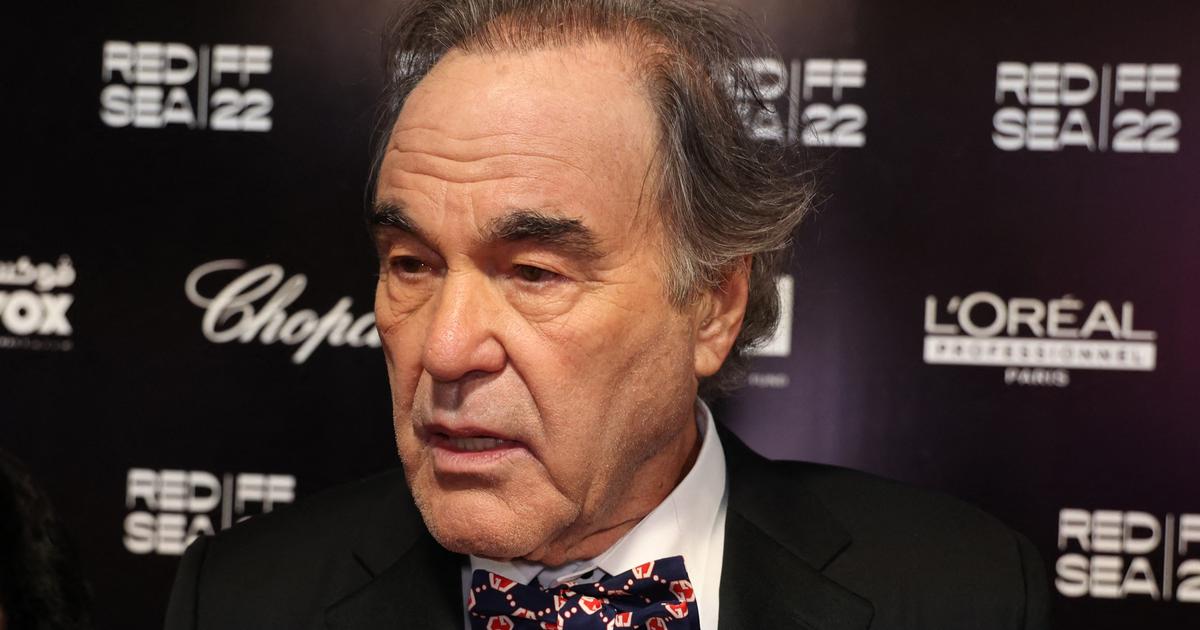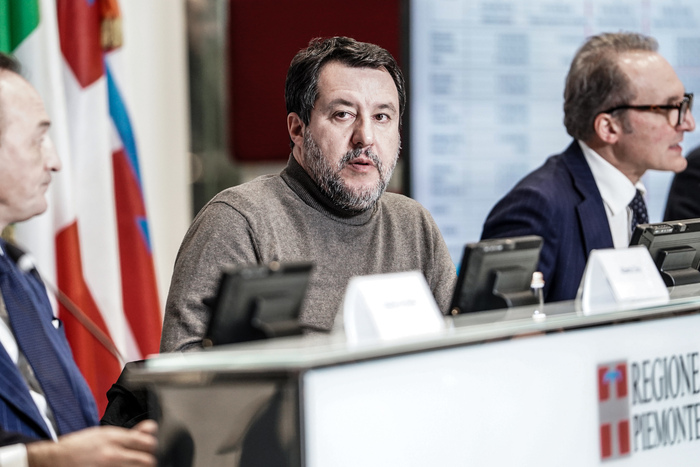Hugo Koblet.
On July 5, 1951, the newspaper L'Equipe dedicated the main headline on its front page to the attempt of a rookie in the French race to blow up the first stage: “Hugo Koblet, handsome as a god, strikes the first blow, but …” The ellipses speak of his attempt being unsuccessful, but what is striking is the appeal to his physical appearance.
By then the fame of his elegance, of his education, of his class on the bicycle had already spread.
In 1950 he had been the first foreign cyclist to win the Giro d'Italia, and he began to become a phenomenon.
So in the 1951 Tour he was already one of the figures worth mentioning on the front page of the organizing newspaper.
And the Swiss cyclist did not disappoint.
On July 14, the day of the French national holiday, his team manager, Alex Burtin, secretly summoned two doctors from Brive to treat Koblet.
He had developed a boil on his buttocks that caused him excruciating pain and that endangered his continuity in the Tour.
One of the doctors proposed to cut the grain, but that meant withdrawal.
The second doctor made the same diagnosis, although he gave an alternative: cocaine suppositories.
Yes, cocaine.
In those days there were no anti-doping controls, nor was it frowned upon for cyclists to take stimulant substances.
The next day, in a transition stage between Brive and Agen, 177 kilometers long, Burtin asked him not to make excessive efforts, but at kilometer 37, on a small elevation, he attacked unrestrained.
He left with the Frenchman Deprez, whom he left shortly after.
“What are you doing?” the director asked him.
"I don't know," he replied.
“How far are you going to go so fast?”
and the answer was sudden: “To the finish line”.
He arrived alone, washed his face with a sponge, combed his hair with the comb he carried in a pocket of his jersey, crossed the line and then timed the lead over his opponents: 2.25m.
He did not dress as the leader, but he would do it in the Pyrenees, arriving in the lead together with Coppi in the queen stage, after crossing Aspin, Tourmalet and Peyresourde.
He won the Tour, but launched into a dangerous spiral of luxury cars, mansions, parties and all the pleasures that his fame provided.
For the holidays that year he traveled to Mexico, but returned with a venereal disease and was never the same.
For a few years he continued to earn money to support his high standard of living thanks to his fame as a cyclist, but his performance plummeted.
He retired in 1958, tried to open businesses in his country and in Venezuela, but things went wrong, he got into debt, the fights with his wife Sonja Bühl were epic.
On November 6, 1964, his Alfa Romeo crashed at full speed into a tree on the shore of Lake Zurich and he died.
Doubts about what happened remain.
There were no brake tracks and the road is dry.
They say that before he expired he said that he thought he saw a human shadow and that he tried to avoid it.
Soon they began calling him the James Dean of cycling.
You can follow EL PAÍS Deportes on
and
, or sign up here to receive
our weekly newsletter
.

/cloudfront-eu-central-1.images.arcpublishing.com/prisa/VS6WWZ4SG5AZFEJSIS4JFIQ4MI.jpg)





